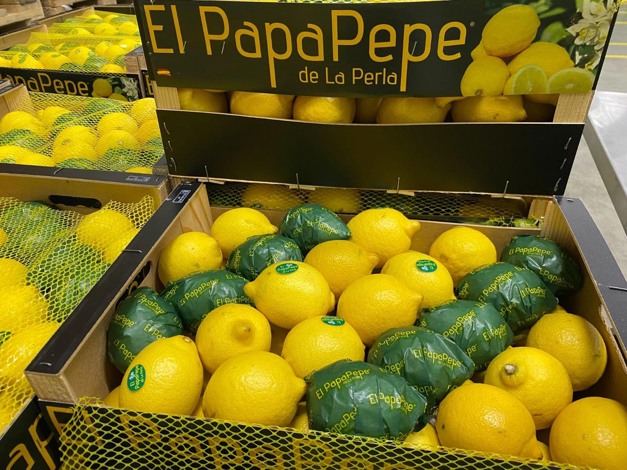The impact of the severe weather in Spain has been devastating for the Spanish community, according to Miguel Gonzalez of MG Fruit. "The images we see are only a fraction of what's happening. Some people have lost everything—not just materially, but also family members. That doesn't leave anyone unmoved. People are desperate, sometimes leading to extreme reactions toward the authorities. In such desperation, people can act in ways they normally wouldn't."

"In the field of fresh produce, persimmons have been particularly affected. Spanish mandarins, mainly grown in Castellón, and oranges in Valencia have also suffered significant damage. I can't say exactly how extensive the damage is, but the supply will definitely be impacted," the experienced importer anticipates. "As a result, mandarin prices are currently strong. The first Spanish oranges are now reaching the market, though most aren't yet in the desired color. The day and night temperatures are still too high for that. There are also plenty of South African oranges still available. Prices for juice oranges are particularly under pressure, while prices for fresh-eating oranges remain more stable."
Not all Spanish products have been affected, however. Spanish lemons, for instance, remain widely available. "These are mainly grown in the Murcia region. While it did rain there, it actually benefited the lemons, leading to larger sizes. Early in the season, we mostly saw smaller sizes (120-140), but thanks to the rain, we're now seeing larger ones," Miguel explains. In mid-September, "the sky seemed to be the limit" in the lemon market, with both Southern Hemisphere lemons and the first Spanish lemons selling for over 30 euros.

"At the time, it seemed there would be a shortage of lemons through at least November, but that prediction turned out to be far from the reality. Because of the positive market, many importers stocked up heavily on South African lemons to capitalize on the situation, resulting in an oversupply of overseas lemons that coincided with the initial Spanish supply. This led to market distrust, slowing sales and driving prices down. The market situation turned out to be totally different than anticipated, surprising many."
"Currently, lemons are priced at a maximum of 14-15 euros. We expect the last of the Southern Hemisphere lemons to sell this week, and hopefully, this will ease pressure on Spanish lemons, allowing prices to stabilize—or even increase," Miguel concludes.
 For more information:
For more information:
Miguel Gonzalez
MG Fruit
Celeryweg 90-E
2988 DG Ridderkerk
Tel: +31 (0)6 5126 7933
[email protected]
www.mgfruit.nl
